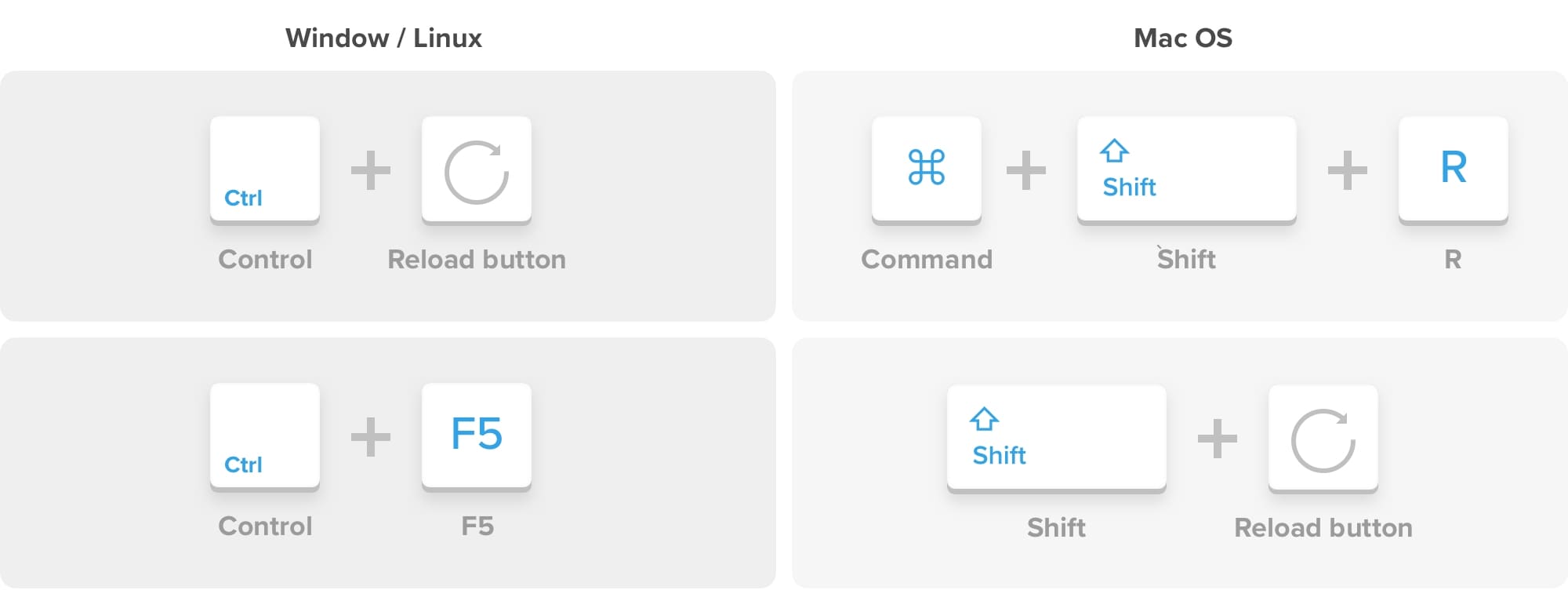Check for Chrome Updates
Keeping your Chrome browser up to date is crucial for optimal performance and security. Fortunately, checking for updates on your Mac is a straightforward process that ensures you're benefiting from the latest features and bug fixes.
-
Open Chrome Settings: Launch Chrome on your Mac and click on the three-dot menu icon in the top-right corner of the window. From the dropdown menu, select "Settings."
-
Access the About Chrome Section: In the Settings tab, scroll down and click on "About Chrome" from the left-hand sidebar. This will prompt Chrome to check for updates automatically.
-
Update Chrome: If there are any pending updates, Chrome will initiate the download and installation process. Once the update is complete, you'll be prompted to relaunch the browser to apply the changes.
-
Verify the Update: After relaunching Chrome, it's a good practice to verify that the update was successful. To do this, revisit the "About Chrome" section to ensure that the browser is now running the latest version.
By regularly checking for Chrome updates on your Mac, you can ensure that you're benefiting from improved performance, enhanced security features, and the latest functionalities offered by the browser. This proactive approach also minimizes the risk of encountering compatibility issues with websites and web applications, ultimately providing a seamless browsing experience.
Remember, staying updated not only enhances your browsing experience but also contributes to a more secure and stable online environment.
Clear Browsing Data
Clearing browsing data is a fundamental maintenance task that can significantly improve the performance and privacy of your Chrome browser on Mac. Over time, the accumulation of browsing history, cookies, cached images and files, and other site data can impact the browser's speed and responsiveness. Additionally, clearing this data can enhance your privacy by removing traces of your online activities. Here's how you can efficiently clear browsing data in Chrome on your Mac:
-
Access Chrome Settings: Launch Chrome on your Mac and click on the three-dot menu icon in the top-right corner of the window. From the dropdown menu, select "Settings."
-
Navigate to Privacy and Security: In the Settings tab, scroll down and click on "Privacy and Security" from the left-hand sidebar.
-
Choose Browsing Data: Under the "Privacy and Security" section, select "Clear browsing data." This will open a new tab where you can customize the data you want to clear.
-
Select Data Categories: You can choose the time range for which you want to clear data, such as the past hour, day, week, month, or all time. Additionally, you can select specific data categories, including browsing history, download history, cookies and other site data, cached images and files, and more.
-
Clear Data: Once you've customized the data categories and time range, click on the "Clear data" button to initiate the process. Chrome will then proceed to remove the selected browsing data from your Mac.
By regularly clearing browsing data, you can free up valuable disk space, improve Chrome's responsiveness, and protect your privacy. This practice is particularly beneficial if you share your Mac with others or if you're concerned about third-party tracking. Moreover, clearing browsing data can resolve certain browsing issues, such as persistent site login problems or outdated cached content.
In summary, clearing browsing data in Chrome on your Mac is a simple yet impactful way to maintain the browser's performance and safeguard your privacy. By incorporating this routine maintenance task into your browsing habits, you can ensure that Chrome continues to deliver a smooth and secure user experience.
Disable Extensions
Extensions are powerful tools that enhance the functionality of your Chrome browser, allowing you to customize your browsing experience with added features and capabilities. However, an excessive number of extensions or certain problematic ones can sometimes lead to performance issues or unexpected behavior in Chrome on your Mac. In such cases, temporarily disabling extensions can help identify and address these issues, restoring the browser to optimal performance. Here's how you can effectively disable extensions in Chrome:
-
Access Chrome Extensions: Launch Chrome on your Mac and click on the three-dot menu icon in the top-right corner of the window. From the dropdown menu, hover over "More tools" and select "Extensions." This will open a new tab displaying all installed extensions.
-
Disable Individual Extensions: In the Extensions tab, you'll see a list of all the extensions currently active in Chrome. To disable an extension, simply toggle off the switch next to its name. This action will immediately deactivate the extension, preventing it from running until re-enabled.
-
Test Chrome Performance: After disabling the extensions, it's advisable to test Chrome's performance to see if the issues you were experiencing have been resolved. You may notice improved browser responsiveness, faster page loading times, and a more stable browsing experience.
-
Re-enable Extensions: If you find that disabling a particular extension resolves the issues, you can choose to re-enable the remaining extensions one by one to pinpoint the problematic one. This step-by-step approach can help you identify the specific extension causing the performance issues.
-
Consider Uninstalling Problematic Extensions: In some cases, certain extensions may consistently impact Chrome's performance. If you identify an extension that consistently causes issues, you may want to consider uninstalling it entirely. To do this, return to the Extensions tab, locate the problematic extension, and click on "Remove" to uninstall it from Chrome.
By temporarily disabling and selectively re-enabling extensions, you can effectively troubleshoot performance issues in Chrome on your Mac. This process allows you to identify problematic extensions, streamline the browser's functionality, and ensure a smoother and more efficient browsing experience. Additionally, regularly reviewing and managing your extensions can help maintain Chrome's performance and prevent potential conflicts or compatibility issues.
In summary, the ability to disable and manage extensions in Chrome provides users with a valuable tool for optimizing browser performance and addressing potential issues. By leveraging this feature, you can take proactive steps to ensure that your browsing experience remains seamless and tailored to your specific needs.
Reset Chrome Settings
Resetting Chrome settings on your Mac can serve as a powerful troubleshooting tool, allowing you to address persistent issues, restore default configurations, and revitalize the browser's performance. Whether you're encountering unexplained glitches, unusual behavior, or performance degradation, resetting Chrome settings can often provide a comprehensive solution. Here's a detailed guide on how to effectively reset Chrome settings on your Mac:
-
Access Chrome Settings: Launch Chrome on your Mac and click on the three-dot menu icon in the top-right corner of the window. From the dropdown menu, select "Settings" to access the browser's configuration options.
-
Navigate to Advanced Settings: In the Settings tab, scroll down to the bottom and click on "Advanced" to reveal additional settings and options.
-
Locate Reset Settings: Within the Advanced settings, scroll down to find the "Reset settings" section. This feature allows you to restore Chrome to its default state while retaining essential information such as bookmarks and saved passwords.
-
Initiate Reset: Click on "Restore settings to their original defaults." A confirmation dialog will appear, outlining the changes that will occur when resetting Chrome settings. You can choose to include or exclude certain elements, such as bookmarks, history, and passwords, based on your preferences.
-
Confirm Reset: After reviewing the changes, click on "Reset settings" to initiate the process. Chrome will then proceed to reset its settings to the default state, addressing any customizations or configurations that may have contributed to the issues you were experiencing.
By resetting Chrome settings on your Mac, you can effectively address a wide range of browsing issues, including persistent crashes, unresponsive tabs, and unexpected behavior. This process essentially provides a clean slate for the browser, eliminating potential conflicts and restoring its core functionality. Additionally, resetting Chrome settings can be particularly beneficial if you've encountered changes or configurations that have inadvertently impacted the browser's performance.
In summary, the ability to reset Chrome settings on your Mac empowers you to resolve persistent browsing issues and restore the browser to its default state. By leveraging this feature, you can effectively troubleshoot and revitalize Chrome, ensuring a seamless and reliable browsing experience.

























